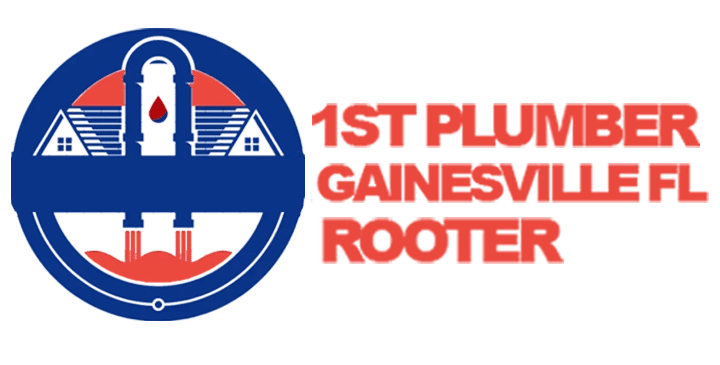It is crucial to maintain the structural integrity of your home and to ensure that its plumbing systems operate efficiently and economically. To this end, it is necessary to detect hidden plumbing leaks in the house. Leaks that are concealed can gradually and secretly cause a lot of damage to your home's structure, including the foundation and walls, as well as to the electrical systems that are often installed in such places. Checking to see if your water bill goes up for no reason is a simple way to keep an eye on things. Even better is a regular review of the bill in the context of other recent bills. If, on the other hand, the reading from the bill goes down, that too is very suspicious.
Another effective strategy to find hidden leaks is to listen for unusual sounds. If all the faucets are off and you hear dripping or running water, you may have a hidden leak.
Moreover, the water meter can furnish invaluable data. Should you have an inkling that a leak may exist, first turn off all appliances that use water, then check the meter. If the meter still indicates that water is being used, you can be fairly certain that a leak is the culprit.
In addition, inspecting those places where leaks are most likely to occur, such as basements and under sinks, can lead to early detection.
Keeping your home safe from water damage requires a vigilant approach. You have to be prepared to look for the signs of trouble, and to catch the signs early, you have to know what they are. Here are some to pay attention to: n n 1. Missing or Damaged Shingles n 2. Granules in Your Gutter n 3. Excessive Moss or Algae n 4. Damaged Flashing n 5. Rotting or Staining Wood n 6. Blistering or Peeling Paint n 7. Mold n 8. Water Spots n 9. Soft or Spongy Walls n 10. An Unpleasant Odor
Change in temperature can also be an indication of a concealed leak. If certain floors are cold when they should be warm, that may be a hint that some of your surface layers are leaking.
Something else to keep an eye on is your yard. If you have patches of grass that are unusually vibrant and wet, that may be an indication that you have an underground leak in your irrigation system.
Cracked or warped flooring is another good indicator. If you have flooring that is cracked or warped, that's a pretty sure sign that you have water accumulation somewhere underneath. Discoloration of your walls and ceilings is also a good enough reason to look into a leak. If you're not doing thorough leak detection, that could just be water that's working its way through your wall. Regular maintenance and using leak detection equipment can help better prepare the average homeowner to handle these situations.





